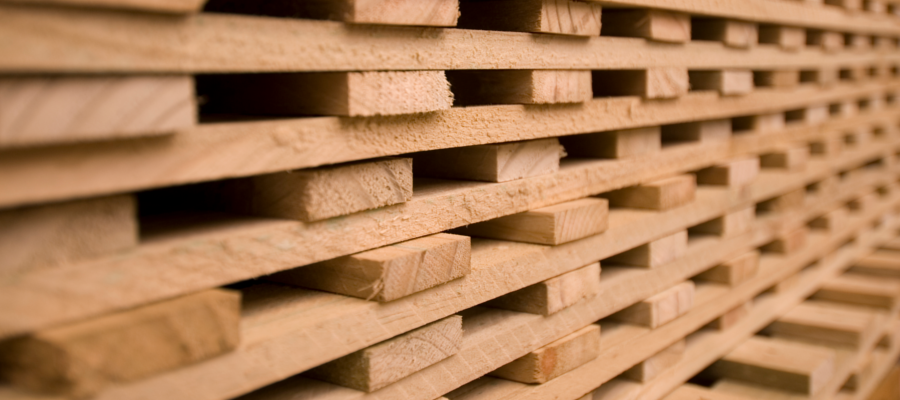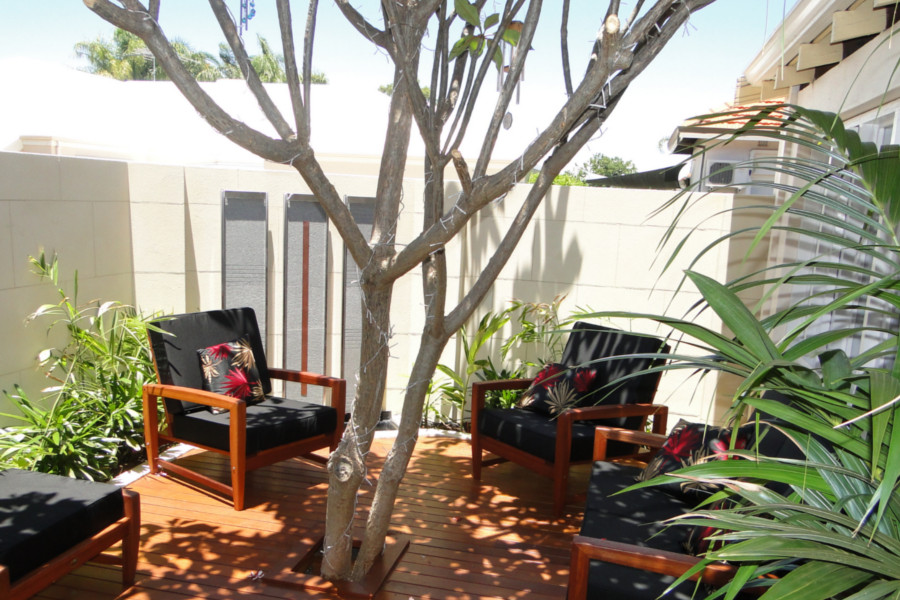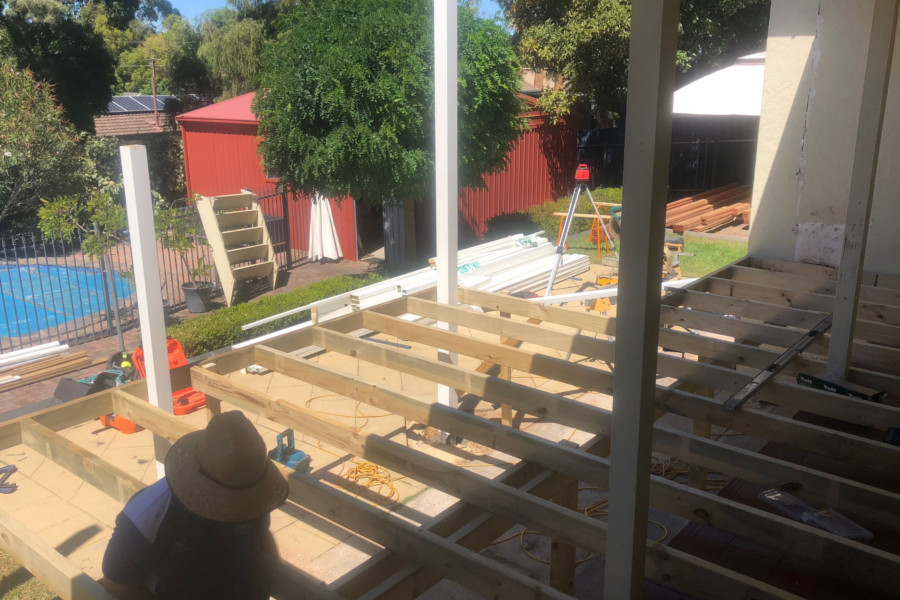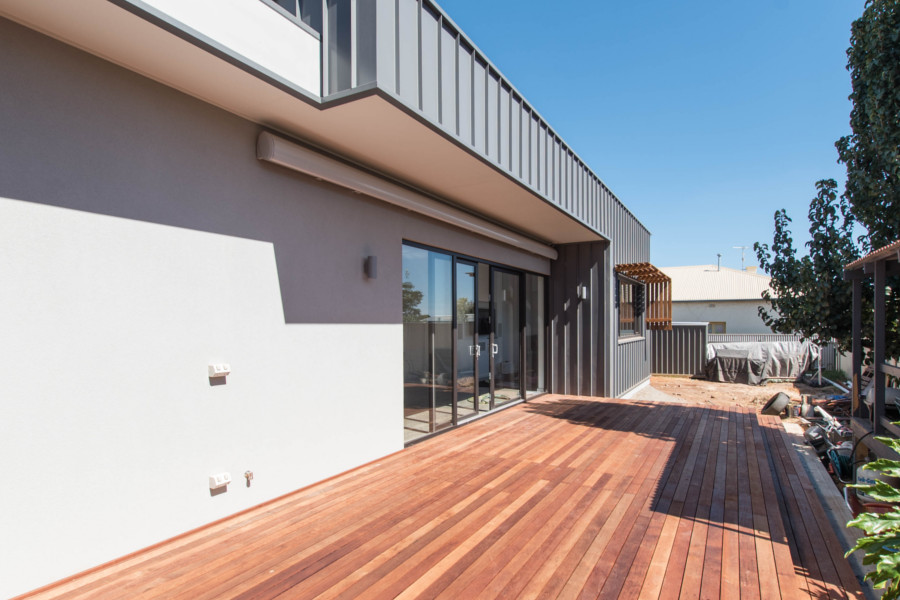
Being that this blog is here to provide information on Pergolas, Decks, Timber and outdoor entertaining using timber, it makes sense that we cover the types of timber that we sell at Softwoods and give you the reader as much information as possible about them, so that you can make an educated decision about what you are buying. This particular article coversCCA Treated Pine. My primary source in researching this article is the CSIRO, where you will find an exhaustive and likely more coherent outline than mine!
At Softwoods, most of the structural timber that we sell is plantation grown Radiata Pine. In order to prevent movement and rot and to deter pests such as termites and borers, the timber is put through a treatment process once it has been cut and before it is packed and distributed. This process, involves subjecting the cut timber to a solution of chemicals via a vacuum or pressure system which penetrates the timber with the solution and bonds chemically to the timber providing a defense against weathering, movement and pests. The timber is then kiln dried to lock in the treatment solution and remove any excess moisture (which if left wet will result in unpredictable movement)
There are several differing varieties of treatment available. The most common treatment that has been used reliably for decades is CCA or Copper, Chromium and Arsenic treatment. CCA is currently the most widely used timber preservative in Australia and is produced in approximately 120 plants across the country.
The use of CCA treatment will prolong the useful life of timber from a few years to over 40. It has been used as the primary type of timber treatment worldwide for a many years and is an amazingly reliable and low cost natural product.
The ingredients in the CCA solution are there to serve the following purposes:
Copper to prevent the growth of funghi
Arsenic to prevent termites and wood borers
Chromium to bond the copper and arsenic to the molecular structure of the timber.
The combination of these ingredients is dictated by Australian standards and is tightly regulated to ensure both the safety of the product and the appropriate mix for maximum effectiveness. The process of affixing the treatment formula to the timber ensures that all of the formula becomes chemically bonded to the timber and is unlikely to leech at any point. Since 2006 it has been necessary by law to ensure a high standard of fixation of treatment before any products can be dispatched from treatment.
The reason I’m talking about the importance of fixation of the treatment solution to the timber is that there is a recently arisen concern regarding the safety of using chemicals such as arsenic, and whether exposure to it is healthy for those building with the timber, as well as families, children, pets and soils that are near to the structure. This is a fair and justified concern, (and allaying this is the main purpose of writing this piece) as the safety of any product that becomes a part of your home should be examined as closely as possible.
Having used CCA timber for over 29 years, we at Softwoods are completely confident in selling CCA timber products to you, however in certain instances of incorrect use CCA can be hazardous, and it’s with this in mind that we’d like to outline the following information.
CCA treatment in Australia is regulated by the Australian Pesticides and Veterinary Medicines Authority (APVMA) In March 2006 the APVMA implemented a series of precautionary restrictions on the use of CCA treated timber for structures where there is frequent and intimate contact with humans, such as playground equipment, picnic tables, handrails, decking boards, garden furniture and exterior seating. The use of CCA treated timber has not been banned for the overwhelming majority of it’s applications including industrial, commercial and agricultural uses, farm posts and marine applications.
In accordance with this ruling Softwoods have stopped selling CCA decking and handrails, and we use LOSP treated posts for our pergolas as well. We still use CCA treated pine for all internal members of our pergolas and decks, and this is perfectly safe and in compliance with the regulations.
Perhaps more importantly though, should be an explanation as to why this precautionary measure was put in place and what sort of risks are involved with intimate contact with treated pine?
The main concern with CCA treated timber is that it contains Arsenic. Arsenic itself is not a mutagen (an agent that changes genetic material often triggering the growth of cancer) but when it is ingested above tolerable limits it can act as a carcinogen (generally skin or liver cancers)
Luckily the amount of arsenic that humans can ingest is well known, as arsenic is a naturally occurring substance and has been found and monitored in the drinking water of several countries (Japan, Bangladesh, Argentina, Taiwan) As it is a naturally occurring substance (20th most common element on earth) it is to be expected that humans can withstand some level of arsenic ingestion before it has ill effects. Research has found that arsenic is safe to ingest at levels below 2ug/kg (there are 1,000,000,000ug per kg)
The Arsenic used in CCA is in a form (pentavalent arsenic(arsenate)) that is five to ten times less toxic than the most toxic form (trivalent arsenic(arsenite)) When affixed to the chemical structure of timber, the arsenate is modified into metal-metal complexes (info) or organometallic compounds (info) which pose no further risk.
Studies of the ingestion of the arsenic fixed to timber by treatment on animals have shown that the modification of the arsenate greatly reduces it’s toxicity. Though I personally don’t think that testing anything on animals is very nice, from my research into this subject it seems that some studies have been carried out, and they have overwhelmingly shown that ingestion of a small amount of treated pine has no effect on the health of the subjects. The aforementioned studies show that in beagle dogs, sheep and calves the feeding of treated timber to the animals resulted in no ill effects and the timber being excreted via the faeces and urine (even when fed as much as 113 grams per day for 25 days (how one manages to feed 113 gms of timber to a sheep for 25 days should be cause for another investigation perhaps?)
In order to get a proper understanding of the safety of using treated pine, this ingestion information must be taken in turn with the idea that the overwhelming majority of the treatment will be locked into the timber chemically for the extent of it’s life and will likely go nowhere. Having said this, it’s also prudent to point out that a very small amount of leaching can occur from the timber. This potentially poses a small danger to soil close to posts sunk inground. The leaching has been shown in studies to affect the 100mm surrounding each post. These studies showed that root crops grown next to CCA treated posts inground showed a small amount of arsenic content (which was determined to be in a safe organic form, and could be removed by peeling) If you are concerned, this leaching issue can be averted by either not growing anything within 100mm of a sunk post, lining your garden’s perimeter with a gardening plastic, or mounting all of your posts on post shoes which will lift them aboveground and prevent any leaching whatsoever. Softwoods mount all of our posts on post shoes (except occasionally with internal posts for decking)
Aside from leaching into soil, there are occasionally concerns about the potential for absorption of arsenic through the skin. This has been proven to be negligible, and no record of any negative effects is recorded. Regardless, it is recommended that gloves be worn when handling treated pine so that splinters and sawdust don’t get onto the hands where they can later be ingested. In addition to this, dust masks should be worn when sawing or sanding together with protective goggles. These are purely precautionary measures and make sense from a safety perspective regardless of any potential danger from the treatment of the timber. Painting of the treated pine will also assist with reducing any potential for dislodgeable arsenic, further protecting you from any potential hazard.
Finally, the one thing you must be extremely careful to never do with treated pine is burn it. Burning CCA treated pine created toxic smoke that can be hazardous to health, so it is advised that CCA treated pine be disposed of through normal waste collection services, unless it is a large amount of timber (where you will have to make arrangements with your council for it’s safe disposal)
Hopefully in reading this article you will have developed an understanding of the idea that we have, which is that the correct use of CCA treated pine poses no risk whatsoever to you and your family. Whether through ingestion, contact through the skin or leaching into soil, treated pine has been regularly proven to be safe for human use. The preventative measures on certain usage should be viewed through the understanding that there are alternative treatments available that don’t contain arsenic, and that it makes sense to eliminate risk entirely, even if that risk is infinitesimally small.
UPDATE*** We were contacted by a reader who quite rightly pointed out the dangers that CCA timber ash poses in the aftermath of a Bushfire. Ingestion of the ash from burnt CCA timber can be lethal with a dose of 20g (which is pretty unlikely for an adult) however small doses will have negative effects and can be extremely serious for children and animals. For further information on the issue and tips for correct disposal of CCA ash, this article from the Victorian government is very useful
For further information or any inquiries you might have please get in contact with us via the phone or the form on our contact page, we’d love to hear from you.
Softwoods
Softwoods is an independent, family owned company that has been trading for over 30 years. In that time we’ve worked hard to build a business that we’d like to deal with if we were building in our own backyards. We’re community minded, environmentally conscious, and always focused on our customers experience.
ABN: 49 076 530 848
Our Locations
573 Port Road, West Croydon SA 5008
Phone (08) 8346 1499
Email [email protected]
493 Wright Rd, Modbury SA 5092
Corner Wright & McIntyre Roads
Phone (08) 8396 4044
Email [email protected]
28 O’Sullivan Beach Road
Lonsdale SA 5160
Phone (08) 8384 5133
Email [email protected]
Suite 15 Plaistowe Mews
102 Railway Street
West Perth WA 6005
Phone 1300 737 465
Copyright © 2024 Softwoods • Pergolas, Decking, Fencing, Carports, Roofing • Site by Adelaide Websites
© 2025 Softwoods - Pergola, Decking, Fencing & Carports, Roofing.



